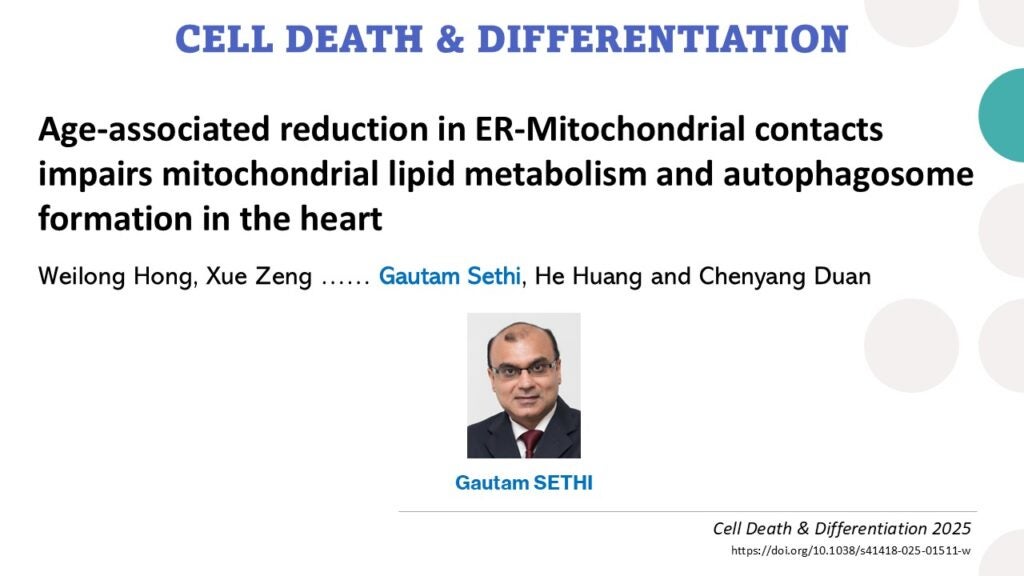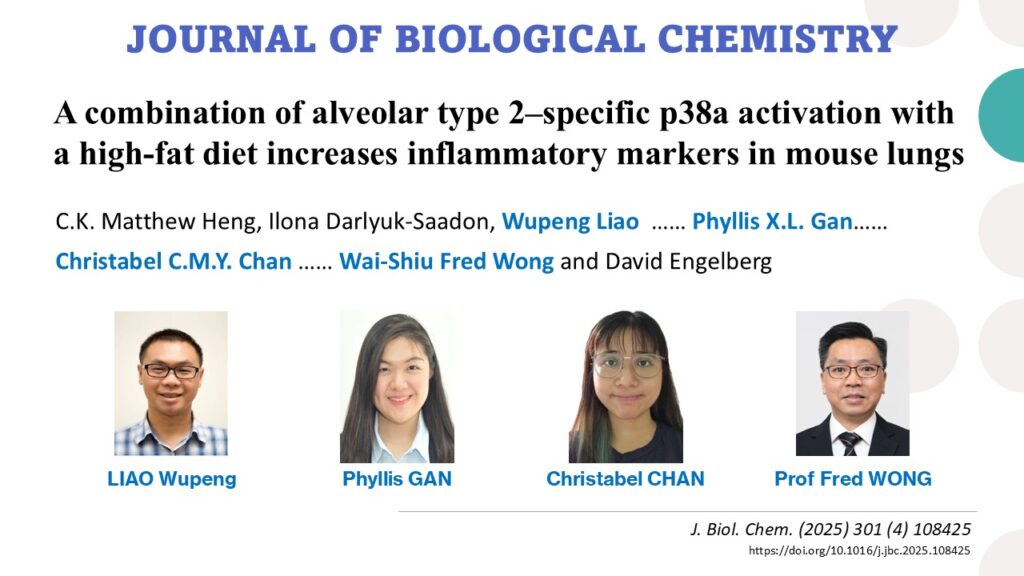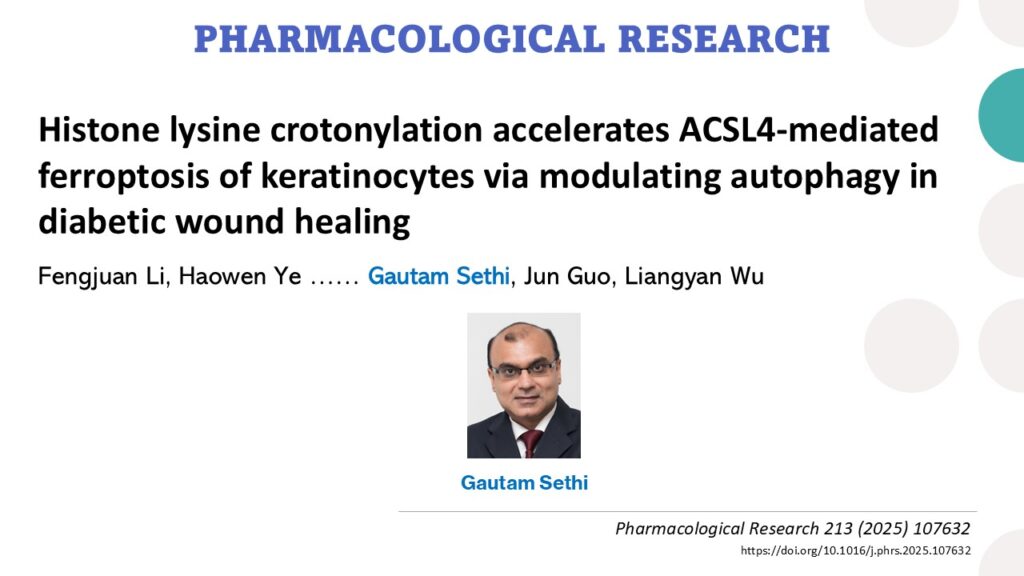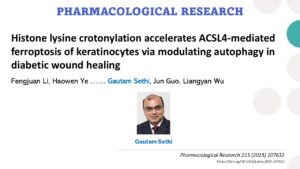Calcaratarin D, a labdane diterpenoid, attenuates bleomycin-induced pulmonary fibrosis by blocking Wnt/β-catenin signaling pathway

Abstract
Idiopathic pulmonary fibrosis (IPF) is one of the most common interstitial lung diseases with a high mortality rate. Calcaratarin D (CalD), a labdane diterpenoid, has been shown to possess anti-inflammatory properties. The present study evaluated the therapeutic potential of CalD in pulmonary fibrosis. A single dose of bleomycin (BLM, 2.5 mg/kg) was instilled intratracheally in mice for up to 21 days to develop lung fibrosis. Oral CalD (50 mg/kg) reduced BLM-induced inflammatory cell infiltration, especially pro-fibrotic Arg1-expressing interstitial macrophages in the bronchoalveolar lavage fluid. During the late fibrotic phase, CalD decreased BLMinduced mortality and body weight loss. In addition, CalD ameliorated lung histopathology, reduced collagen
deposition and mucus hypersecretion, and improved lung functions in BLM-exposed mice. Furthermore, CalD modulated the levels of pro-inflammatory cytokines, chemokines, and growth factors in BAL fluid and lung tissues. In mouse lungs, BLM selectively upregulated Wnt10A level and promoted β-catenin nuclear translocation. CalD not only blocked Wnt10A/β-catenin signaling pathway but also reduced pro-fibrotic markers such as collagens, α-SMA and FHL2. In normal human lung fibroblasts, CalD inhibited TGF-β1-stimulated pro-fibrotic markers and Wnt/β-catenin signaling pathway by reducing Wnt10A production, upregulating endogenous Wnt antagonist DKK1 level, dephosphorylating Wnt ligand co-receptor LRP6, and preventing β-catenin and YAP/TAZ nuclear translocation. The antifibrotic action of CalD was shown to be dependent on its α,β-unsaturated γ-butyrolactone structure that is essential for CalD to form covalent interaction with cellular protein targets. Our results imply that CalD could be a novel antifibrotic agent for IPF, acting through blockade of the Wnt/β-catenin signaling pathway.
Full article: https://doi.org/10.1016/j.phrs.2025.107756



















